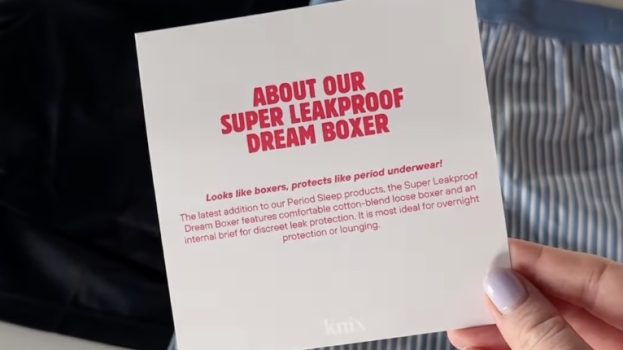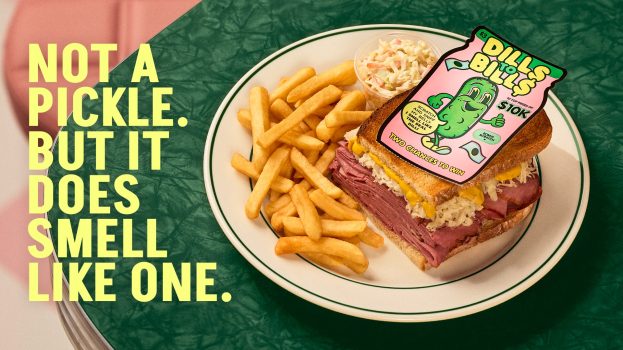Tim Hortons is hoping a lot of chances to win a lot of prizes will continue its own winning streak with Roll Up to Win – including driving more engagement through its digital ordering and loyalty channels.
The QSR is offering up $100 million in prizes, which it says is its largest total prize value ever. It is also giving customers lots of chances to tap into that prize pool, bringing back its “every roll is a winner” concept while also giving out a bonus roll for orders made through the mobile app.
“The big prize pool is part of it, but the other piece is the ability to also create some awareness for using mobile ordering, and to have the game create some awareness and also an added bit of incentive,” says Hope Bagozzi, CMO for Tim Hortons.
Roll Up The Rim went fully digital during the pandemic, being renamed Roll Up To Win, so there will continue to be no actual rims being rolled. After making an eligible purchase, customers who scan their Tim Hortons app or Tims Rewards card receive a digital “roll” to play. Customers must be Tims Rewards members to access their rolls, and to spur registration, is giving users 70 bonus points when they sign up during the Roll Up contest period and make an eligible purchase – enough points for a coffee or tea, or a donut, baked good or bagel.
The campaign in support of the latest contest plays on the size of the prize pool and the ease of winning, featuring customers at a checkout line dancing and confetti falling on them.
[iframe_vimeo video=”684333687″]
“Every roll wins, and it’s not complicated,” Bagozzi says. Roll Up To Win, she says, is ultimately about making the experience a fun one, as shown in the spot. This even extends to the way a phone vibrates to simulate a roll, she says.
The QSR is doing a full 360 campaign in market, and started a bit of pre-promo messaging ahead of Monday’s official launch. The campaign is coming to all media channels, TV, radio, PR, social, “the full gamut to create awareness to get Canadians playing on day one,” Bagozzi says.
“The idea of the game has been to create excitement and that feeling in the restaurant and getting guests to engage more at their local Tims,” Bagozzi says.
During the pandemic last year, the QSR brought the annual program to life twice in one year for only the second time. Bagozzi is not wholly ruling out whether Roll Up will roll out twice this year too, admitting that digitally-based contests are easier to plan for and to launch more nimbly than purely physical ones.
While getting rid of physically “rolling” the rim of a cup to play helped address the environmental concerns some levied against the waste previously created by the contest, it has also been used to drive adoption of Tims’ mobile app and loyalty program, both of which are major priorities for the QSR.
In its February earnings call, Restaurant Brands International – parent company of Tims, Burger King and Popeyes – reported that more than half of sales in international markets came from digital orders in Q4. Specifically at Tims, the company said the second edition of Roll Up To Win last year helped propel digital sales to more than one third of system-wide sales, and helped the app reach 4.5 million daily active users monthly, a 50% year-over-year increase. That’s a reversal from pre-pandemic years, when Roll Up The Rim’s under-performance was repeatedly pointed to as a reason for decreased sales.
In addition to beverages, customers can also earn a “roll” on breakfast sandwich and wrap purchases, another area the QSR has been focusing on to drive growth.
Gut did the campaign creative for this year’s contest, Craft handled PR, Horizon did traditional media and Media.Monks were partners for digital. Bagozi says campaign spending is in line with previous efforts.
























